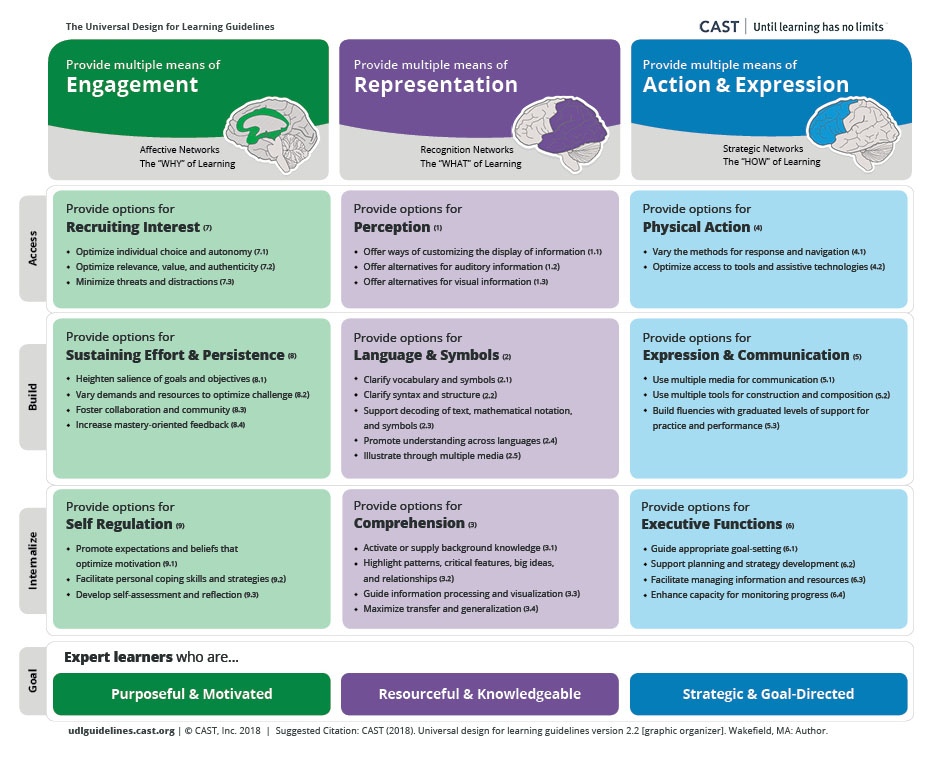Insights & Problem Framing Tools
Author : Jack Brophy
In our last newsletter, we explored how our users effortlessly navigate four distinct stages of idea validation as part of the Anytime Creativity problem-solving process. These stages are:
- Inspiro, our trained, customised GenAI Idea Assistant.
- PeerPoint, our smart peer student feedback system.
- ExpertEcho, our educators & external subject specialists feedback loop.
- Our built-in rapid prototyping tool in the form of an intelligent image generator that is pre-populated to generate a visual representation of a team’s idea.
Insights & Problem Framing
This article goes right back to the beginning of the (problem-solving) process – gathering insights and using these insights to frame a narrowly-focused problem to be solved. This stage is the quiet powerhouse of the entire process — and it’s often underestimated. In fact, research shows that to 85% of innovation failures are due to a lack of proper problem definition and insufficient insights into user needs (MIT Sloan Management Review, 2017). It’s easy to be excited about jumping straight into brainstorming solutions, but without carefully identifying and defining the right problem, the solutions won’t truly hit the mark.

To help learners avoid the trap of skipping the critical early stage of problem-solving, which can lead to investing scarce resources in solving imaginary problems, we’ve developed three powerful tools designed to guide them through this stage with confidence and clarity:
- Insights Board: We’ve designed an Insights Capture Canvas that lets users save and share all their insights — along with the source (e.g. conversations, observations, discussion forums, reports, etc.) and the team member who gathered each one. Users can also easily reorder and rank insights by importance.
- Affinity Mapping Canvas. Next, teams make sense of their insights using our intuitive drag-and-drop canvas to sort, cluster, and headline them. Teams then critically examine their clusters and ultimately decide on the cluster(s) they want to solve for.
- Problem Framing Blueprint. Finally, teams use our POV template (structured as: Who needs a way to do What & Why) to clearly and succinctly define the problem they want to solve. This problem statement is then carried forward through all stages, ensuring it stays visible, accessible, and top of mind.



